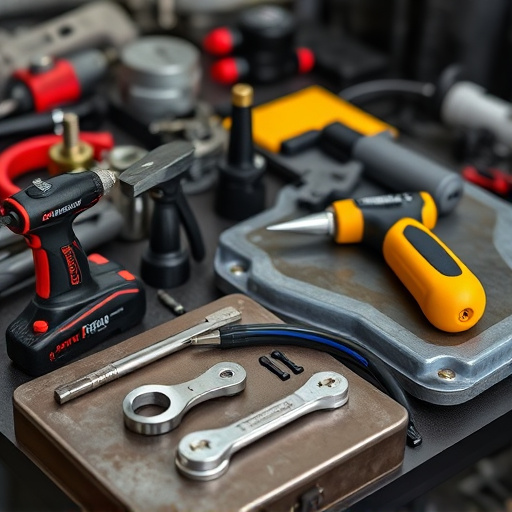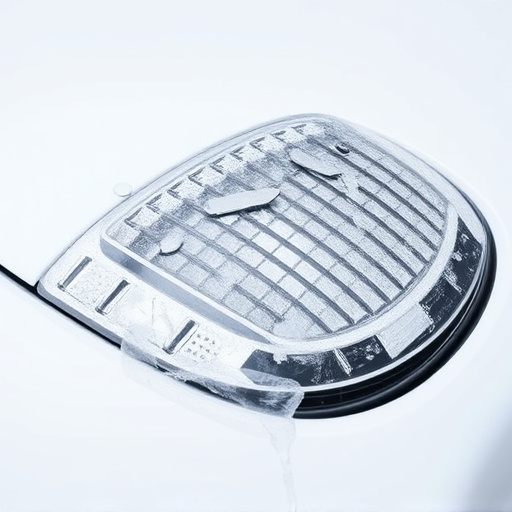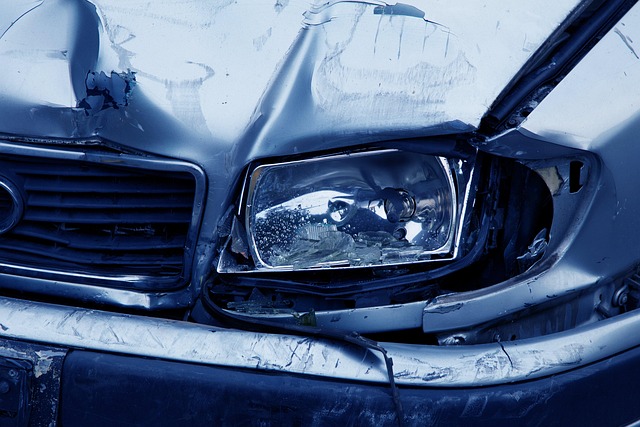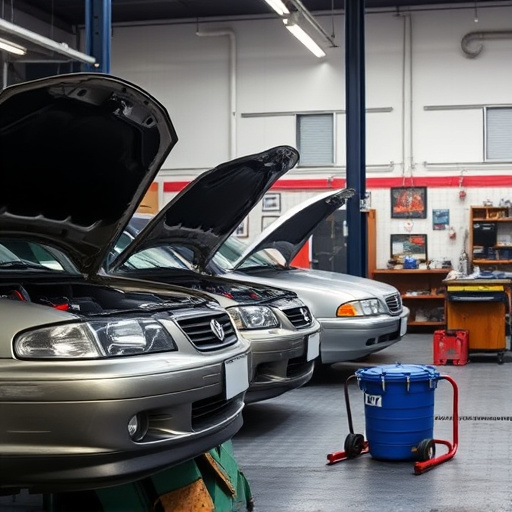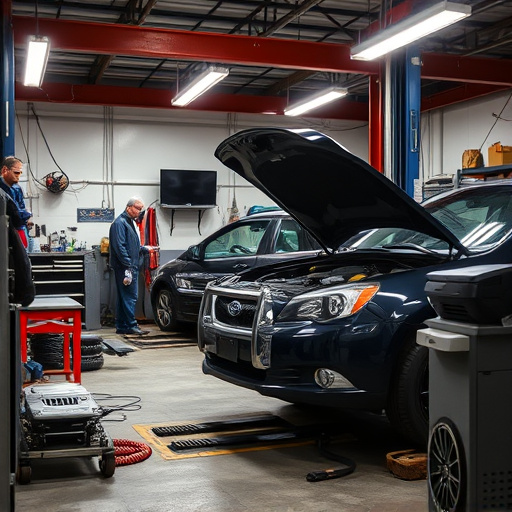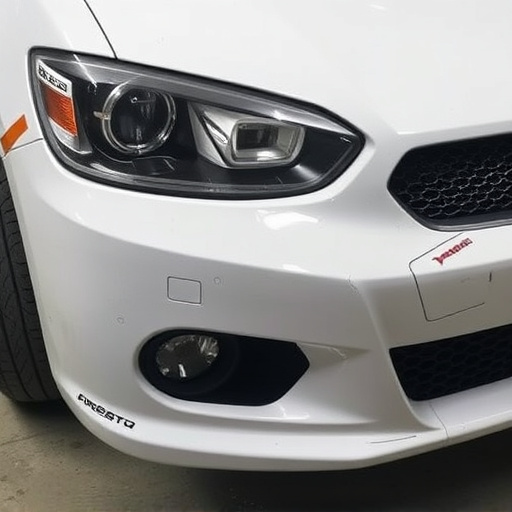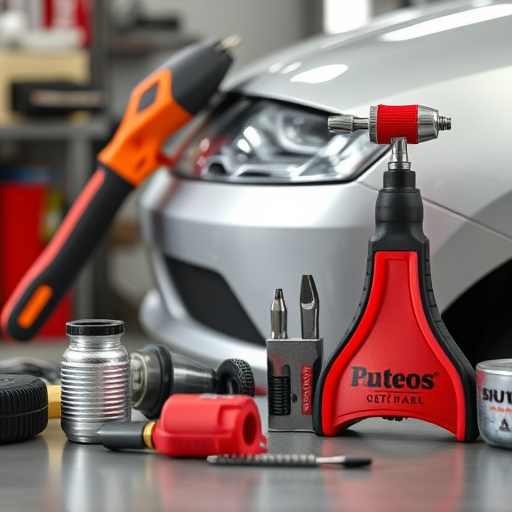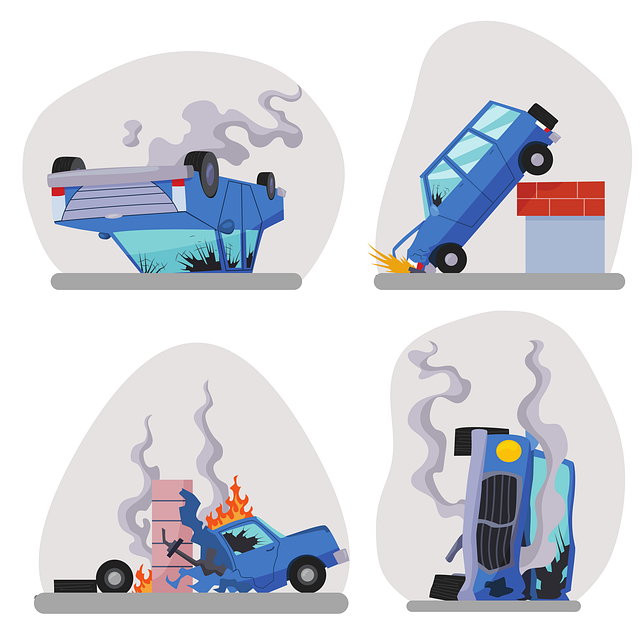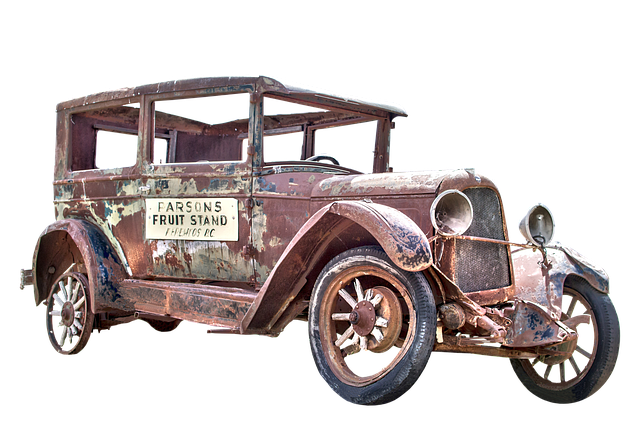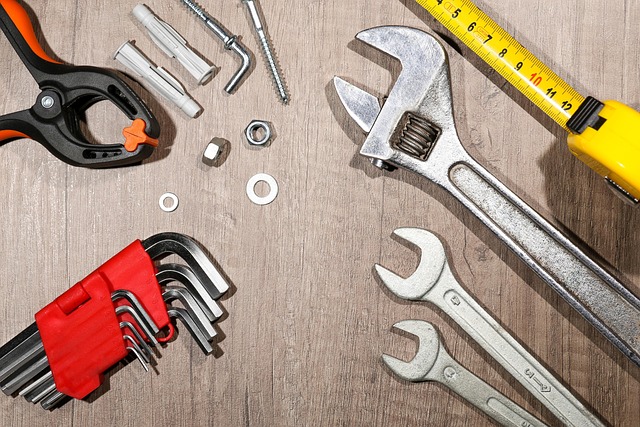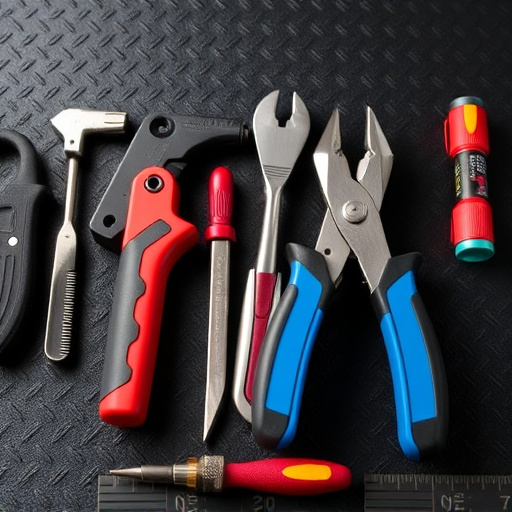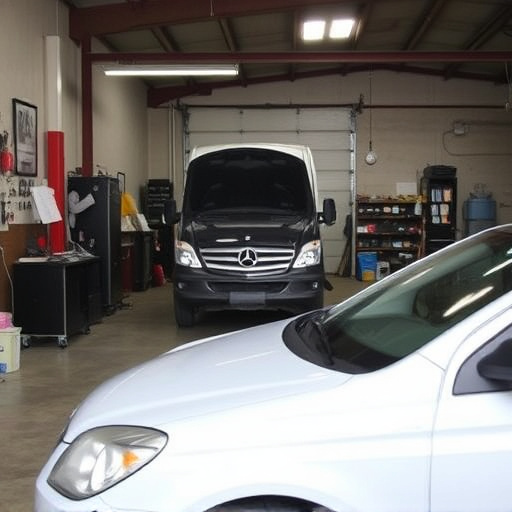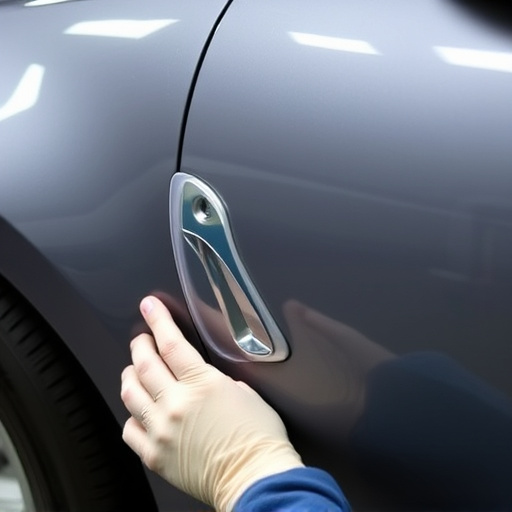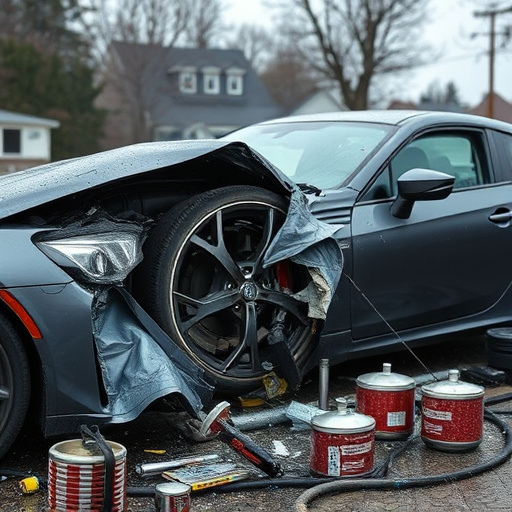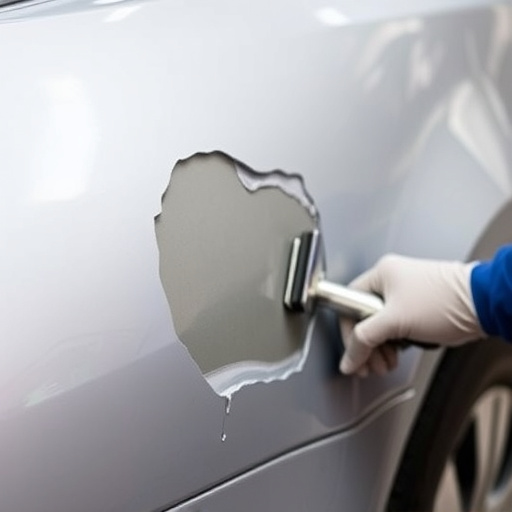Tesla Collision Diagnostics is a cutting-edge system that revolutionizes auto body repair for Model S, 3, X, Y, and Cybertruck. Using sophisticated sensors and algorithms, it accurately detects even subtle damage across electrical, mechanical, and safety systems. This enables precise, efficient repairs with minimal disruption to the vehicle's design, ensuring restored vehicles meet Tesla's exacting standards of safety, performance, and aesthetic integrity in top-tier vehicle body shop experiences.
“Unraveling Tesla Collision Diagnostics: A Comprehensive Guide for Model S, 3, X, Y, and Cybertruck owners. This article offers an in-depth look at understanding your vehicle’s diagnostic capabilities, exploring the tools and procedures specific to each model. From identifying common issues to efficient troubleshooting tips, we empower you with knowledge. Dive into this essential resource to master Tesla collision diagnostics, ensuring your vehicle’s optimal performance and seamless repairs.”
- Understanding Tesla Collision Diagnostics: A Comprehensive Overview
- Diagnostic Tools and Procedures for Model S, 3, X, Y, and Cybertruck
- Common Issues and Troubleshooting Tips for Efficient Repairs
Understanding Tesla Collision Diagnostics: A Comprehensive Overview

Tesla Collision Diagnostics is a cutting-edge system that revolutionizes the way auto body shops and professionals approach repairs for Model S, 3, X, Y, and Cybertruck vehicles. This advanced technology provides an in-depth understanding of a vehicle’s structural integrity and safety systems, ensuring that every repair is not just cosmetic but also perfectly aligned with the car’s original engineering specifications.
Through a series of sophisticated sensors and software algorithms, Tesla collision diagnostics can detect even subtle discrepancies in the vehicle’s frame, panels, and safety features. This data allows automotive body shop experts to accurately assess damage, choose the right replacement parts, and perform precise repairs, often with minimal disruption to the vehicle’s original design. The system serves as a bridge between advanced electric vehicle technology and traditional auto detailing and body shop services, fostering a new era of precision and efficiency in the industry.
Diagnostic Tools and Procedures for Model S, 3, X, Y, and Cybertruck
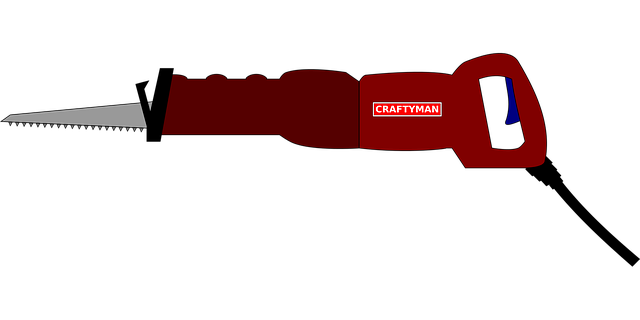
Tesla collision diagnostics for the Model S, 3, X, Y, and Cybertruck involve a sophisticated blend of cutting-edge technology and precise procedures. The process begins with specialized diagnostic tools that interact directly with the vehicle’s onboard computer, allowing technicians to identify any damage or anomalies within the electrical and mechanical systems. These tools are crucial in assessing the extent of the collision impact on various components, from the frame and suspension to advanced driver-assistance systems (ADAS).
For instance, the Model 3’s advanced body structure and Cybertruck’s unique design present specific challenges that require tailored diagnostic approaches. Technicians employ 3D scanning technology to capture detailed measurements, ensuring precise alignment during vehicle body shop repairs. This is especially vital for intricate tasks such as vehicle paint repair and car restoration, where maintaining the original aesthetic integrity is paramount. By integrating these advanced techniques with meticulous procedures, Tesla collision diagnostics guarantee that each vehicle returns to its pre-accident condition, combining safety, performance, and aesthetics in a restored vehicle body shop experience.
Common Issues and Troubleshooting Tips for Efficient Repairs

Common issues encountered in Tesla Model S, 3, X, Y, and Cybertruck collision diagnostics include damaged fenders, bent frames, and malfunctioning electronic systems. Proper auto painting and fender repair techniques are crucial for restoring these vehicles to their original condition. When troubleshooting, start with a comprehensive inspection using advanced diagnostic tools to identify the root cause of the problem. This process helps in accurately targeting specific components for repairs, ensuring efficient and effective car bodywork services.
For instance, if a fender is damaged, assess the extent of the denting or cracking before proceeding with auto painting or replacement. Minor dents can often be corrected through professional dent removal techniques, saving time and costs associated with extensive bodywork. Remember, each Tesla model may have unique collision repair considerations; thus, having access to vehicle-specific guidelines and certified technicians is vital for successful collision diagnostics and repairs.
Tesla collision diagnostics are a sophisticated yet essential aspect of vehicle maintenance. For models S, 3, X, Y, and Cybertruck owners, understanding these diagnostic tools and procedures empowers efficient troubleshooting and repairs. By leveraging advanced technology, Tesla has created a comprehensive system that not only identifies common issues but also facilitates swift and accurate resolutions. With the right knowledge and tips, owners can navigate potential problems, ensuring their vehicles remain in peak condition.
